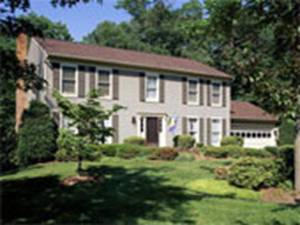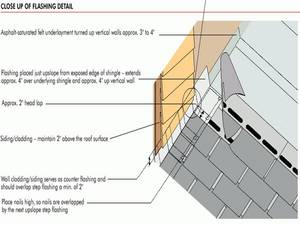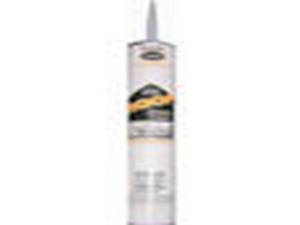Leaky roof? Take these steps to make it watertight
Hi Keith, we have a continuous leak in our home when it rains. We live in a two-story colonial home and believe that it is coming from where the second story and the garage meet. What is the best method for determining the leak and how do I repair it?
—Greg L., Farmington Hills

Photo courtesy of fotosearch.com
The best way to identify a water leak is to re-create it, no matter if it is a plumbing or roofing leak. Because water travels with gravity, identifying the true source of a leak takes some time and investigation. The majority of roofing leaks are caused from areas where the intersecting roofing systems and surfaces meet, such as chimneys, stack pipes, skylights and additional stories.
To ensure the water is coming from this area, wait until the next rainfall or get your garden hose and heavily water down the area. Research the attic to verify the water's entry point, keeping in mind water will travel downhill. Meticulously follow the water to identify the source of entry. Once identified, you have won half the battle.

Photo courtesy of civil.uwaterloo.ca
The intersection of a garage and the second story of a house is a common cause for deteriorating flashing and/or sealant. The flashing is typically a long-lasting membrane or metal, such as copper or aluminum, that is installed underneath the shingles and upside the vertical surface. It is used to divert the water off the roof. After identifying the cause of the leak, it’s time to repair it.

Photo courtesy of Dewittproducts.com
Deteriorating caulking: Remove any loose sealant such as caulk and tar, then clean and replace it. Minor damaged areas can often be repaired by patching with similar material or roof cement such as Dewitt Roof Cement Caulk. Because water can find its way in the smallest holes, 100 percent of the repair must be confirmed to avoid further damage.Â
Deteriorating flashing: Removing and replacing flashing requires time, research and some experience. You may consider having it completed by a professional. If your roof is in need of replacement, the flashing can be replaced at this time.
If the side of your home has a wooden board running along the perimeter of its roofline (on top of the flashing), you may consider replacing it with a product impervious to moisture such as Azek trim boards. These roof areas are prone to damage because they can hold ice, snow and water, causing the board to rapidly deteriorate. Replacing them with a less corrosive material means less future maintenance ... and more time for fun.
And lastly, remember to be extra cautious when doing anything on the roof. If you're not comfortable being up on a roof, hire a professional to repair the leak.
Keith Paul is a State of Michigan Licensed Builder. Paul serves as President and founding member of Nationally franchised HandyPro Handyman Service, servicing Washtenaw, Wayne and Oakland Counties. www.handypro.com. Listen to Paul every Saturday at 11 a.m. on “It’s Your Home, Let’s Talk About It” on WAAM Talk 1600-AM. E-mail questions or comments to kpaul@handypro.com.

